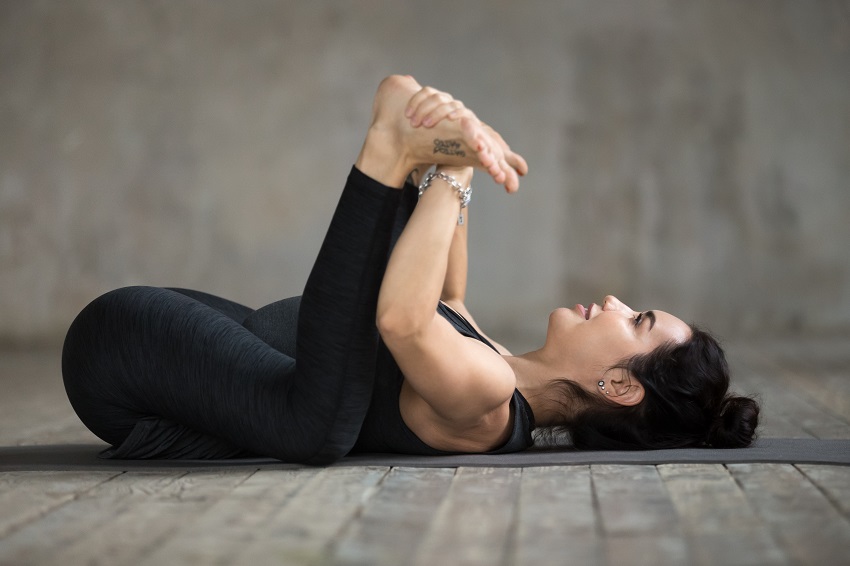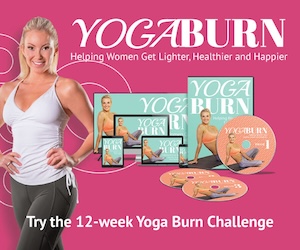Happy Baby Pose: (Ananda Balasana)
Name: Happy baby Pose
Sanskrit: Ananda Balasana
Pronunciation: Uh-NUHN-duh Buh-LUH-suh-nuh
Alternative Names: Dead Bug Pose
Pose Level: Happy baby pose is a beginner level plank

Anatomy Involved:
Ananda Balasana is an excellent exercise for the inner thighs, pelvis, hamstrings, shoulders, and chest. It’s the opposite of Child pose. The shape of the pose resembles a joyous baby from where it gets its name. It provides flexibility to the back, which is beneficial after performing other poses, particularly backbends. It extends the groins and the spine.
Benefits:
Following are the benefits of happy baby pose:
- Stretches the inner thighs, hips, and pelvis
- Relieves lower back ache
- Realigns and relaxes the backbone
- Relieves tension and anxiety
- Improves weariness and exhaustion
- Extends the hamstring
- Decreases heart rate
- Relieve mental stress and balances emotions
Table: Step-by-Step Instructions for the Pose
| Step | Instructions |
|---|---|
| 1 | Lie down on your back. |
| 2 | Bend your knees towards your stomach as you exhale. |
| 3 | Inhale deeply, and grab the outside of your feet using your hands or strap around each foot. |
| 4 | Open your knees slightly broader than your body and bring them up to your armpits. |
| 5 | Place each ankle precisely over the knees, such that your shins should be perpendicular to the ground. |
| 6 | Now, push your feet into your palms while pulling your hands down to create resistance. |
Pose Modifications:
For example, could the yogi use a supportive pillow, or blanket? Is there another variation of the maneuver?
For people with neck issues or back and legs stiffness, here are some changes to help attain a happy baby position:
- If it is difficult to reach your feet, grab your lower legs or ankles. Even people with the most inflexible bodies may ultimately be able to reach their feet with effort and intent.
- Beginners frequently mistake elevating their heads and necks off the floor, causing stress in the torso. For additional support in case of neck injury, drape a folded blanket behind your head to keep the back of your neck long and relieve any upper-body stress.
- If you have trouble reaching your feet or require additional support, wrap a yoga strap over the soles of your feet, hold onto the straps, and stretch to your comfort level.
Related Article: A Simple Guide to Yoga Bolsters: Don’t Shy Away!
Contraindications:
If you have following conditions your may want to avoid happy baby pose:
- During pregnancy, especially after the first trimester.
- If you are suffering from back, knee and neck Injuries.
- Due to the inversion, Happy Baby pose affects blood circulation, it may not be recommended for those who suffer from high blood pressure.
Always seek expert advice when performing yoga as a beginner. Consult a certified yoga instructor and make sure you are healthy enough to perform, by speaking with a medical professional.
Related Article: Easy To Complete Yoga Sequences For Beginners!
Poses Commonly Transitioned too:
The happy baby pose transitions into its counter pose called the Adho Mukha Svanasana (Downward facing dog).
Poses Commonly Transitioned From:
Balasana or Child’s Pose (stretches back and hip muscles) and Virasana or Hero Pose (helps relax the legs) are the preparatory poses for the happy baby pose.




